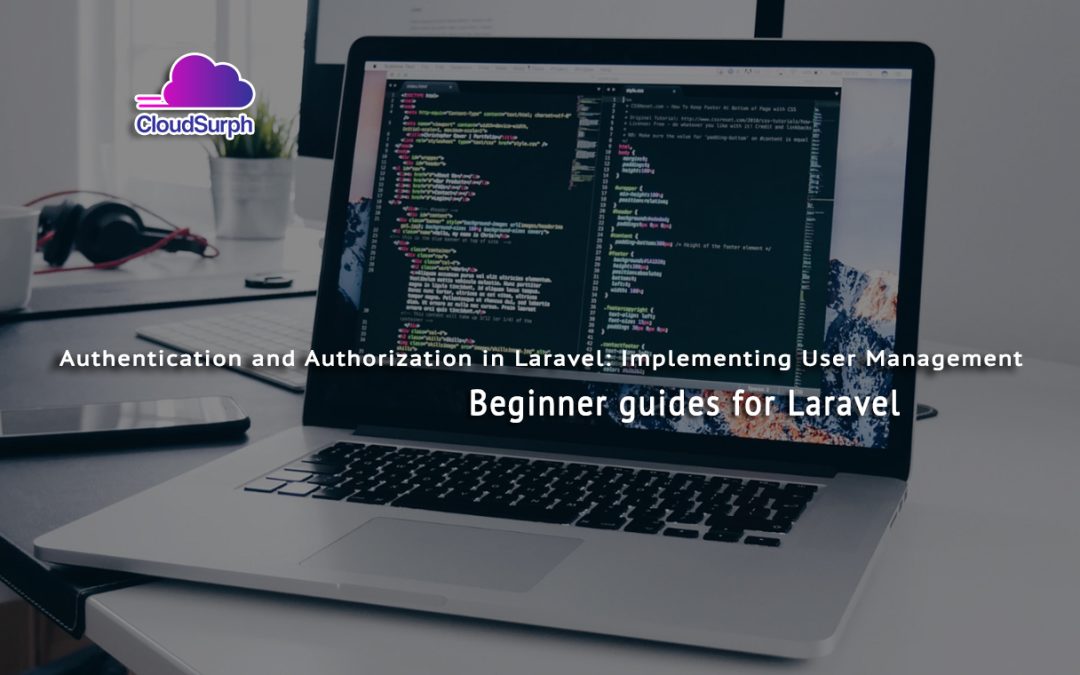Sure thing! Laravel makes it relatively straightforward to implement authentication and authorization. Here are the general steps:
Authentication:
Install Laravel Authentication Scaffold: Laravel comes with a pre-built authentication scaffold that you can install with Artisan:
composer require laravel/ui php artisan ui bootstrap --auth
This command will install the necessary views, controllers, and routes for authentication.
Database Migrations: Run the migration to create the necessary tables in the database:
php artisan migrate
User Model: Make sure your User model (App\Models\User) extends the Illuminate\Foundation\Auth\User class.
Authentication Middleware: Laravel automatically adds the auth middleware to the web middleware group in the App\Http\Kernel class. This middleware takes care of checking if a user is authenticated.
Authorization:
Roles and Permissions: You might want to implement roles and permissions for more fine-grained access control. You can do this by creating a Role and Permission model. Each user can have a role, and each role can have multiple permissions.
- Create a Heap in JavaScript
- Inserting Elements into a Heap in JavaScript
- Removing Elements from the Heap in JavaScript
- JavaScript How to Calculate Age from Birthdate
- How to interact JavaScript with REST API
- How to break ForEach in JavaScript
- Store Data in LocalStorage in JavaScript
- Building a CRUD Application with Laravel
- Getting Started with Laravel: Installation and Setup Guide
Middleware for Authorization: Create custom middleware to handle authorization. For example, you might create a RoleMiddleware and a PermissionMiddleware. Attach these middleware to routes or controllers as needed.
// Example RoleMiddleware
public function handle($request, Closure $next, $role)
{
if (!auth()->check() || !auth()->user()->hasRole($role)) {
abort(403, 'Unauthorized action.');
}
return $next($request);
}
Use Policies: Laravel also provides policies for more complex authorization logic. Create a policy using Artisan:
php artisan make:policy PostPolicy
Then, define your authorization logic in the policy class.
Usage:
- Authentication:
- Use
Auth::check()to see if a user is authenticated. - Use
Auth::user()to get the authenticated user.
- Use
- Authorization:
- Use middleware, roles, and permissions in routes or controllers.
- Use policies for more complex authorization.
This is a high-level overview, and the actual implementation might vary depending on your specific requirements. Laravel’s documentation is quite comprehensive, so make sure to refer to it for detailed information: Laravel Authentication and Laravel Authorization.
If you want then buy a good, reliable, secure web hosting service from here: click here
In Conclusion, If you enjoyed reading this article and have more questions please reach out to our support team via live chat or email and we would be glad to help you. In Other Words, we provide server hosting for all types of need and we can even get your server up and running with the service of your choice.




